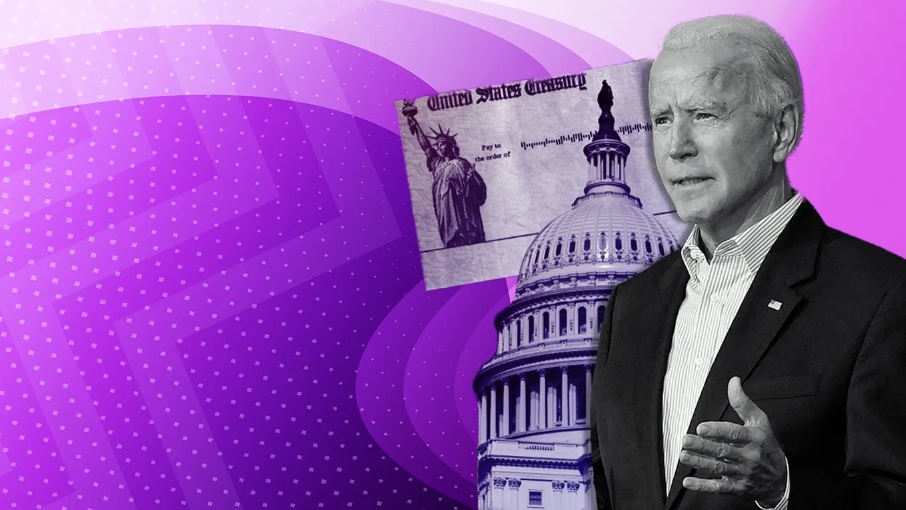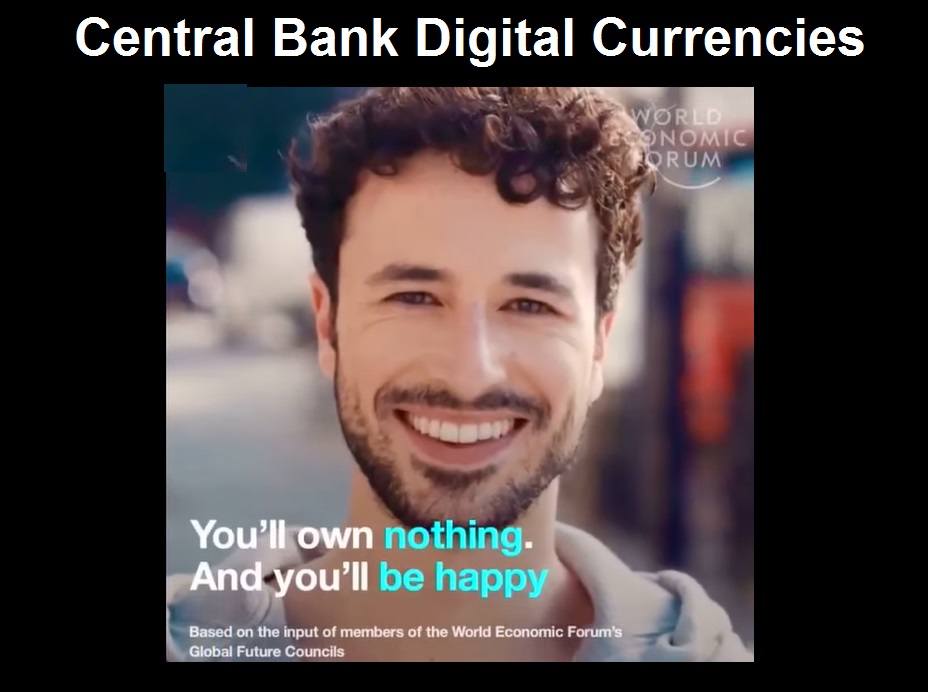Central Bank Digital Currencies are the Bullet Train to Digital Concentration Camps
Anthony Pompliano, an American entrepreneur, investor, and Bitcoin evangelist wrote last March that “central bank digital currencies will be one of the greatest violations of human rights in history.” “Central bank digital currencies remove the privacy and decentralized nature of physical cash,” Pompliano explained. “It creates an environment where central banks have complete control over every aspect of a citizen’s financial life.” “These central bankers will be able to see what is in your bank account, who you transact with, what you purchase, and anything else they are curious about in your financial life,” he wrote. “That full transparency with the state removes all elements of privacy, while also giving the institutions the ability to censor any and all transactions, regardless of whether they have a legitimate reason or not.” Pompliano’s comments mirror those made by the president of the Federal Reserve Bank of Minneapolis Neel Kashkari who, speaking at a panel hosted at Columbia University, said that he had no idea what problem centralized digital currencies solved for American citizens. “What is it that a CBDC can do that Venmo can’t do?” Kashkari asked. “Well, I can see why China would do it.” “If they want to monitor every one of your transactions, impose negative interest rates or directly tax customer accounts,” he said. “You can do that with a Central Bank Digital Currency, you can’t do that with Venmo.”





